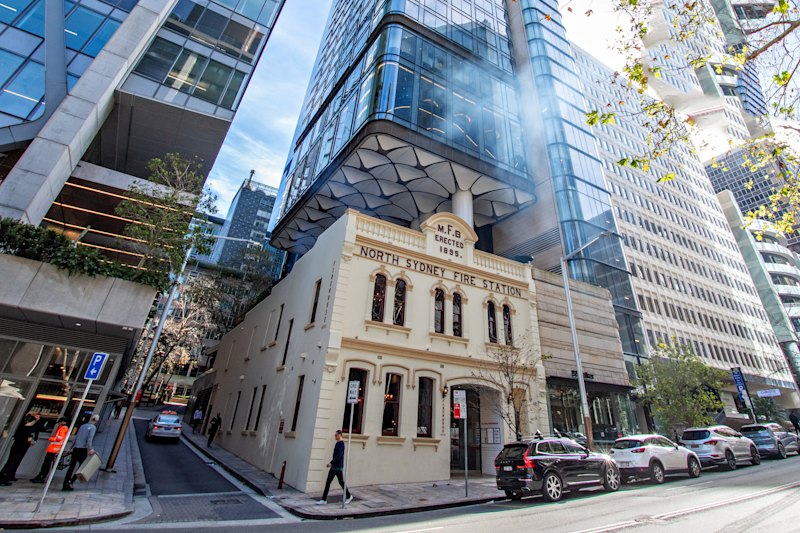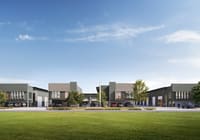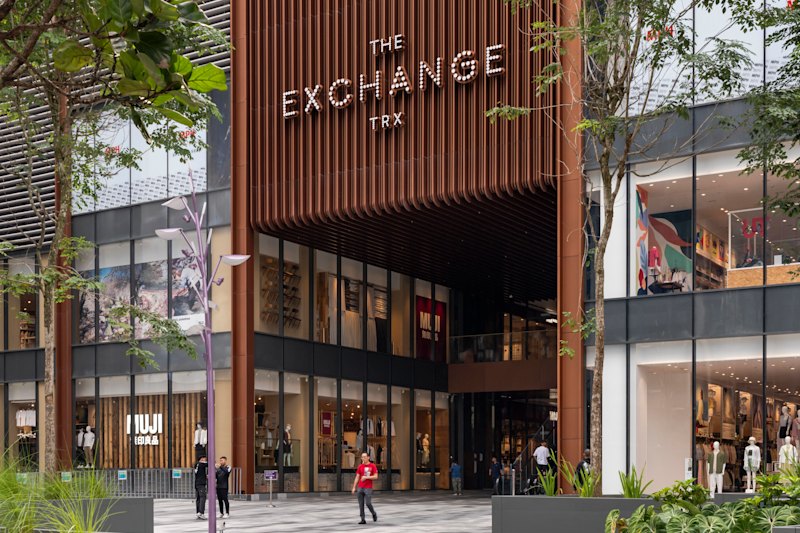
Mobile furniture set to be the next big thing in office design
While most companies continue to invest in digital processes to improve efficiency, others have bucked the trend, incorporating analogue ways of collaboration into their workplaces.
The concept of agile working – which is often incorrectly used interchangeably with “activity-based working” – refers to a workplace where features in the environment can be reconfigured according to the employees’ needs. This includes mobile walls with whiteboards (the latest models of which come with acoustic hoods and portable power points), reconfigurable tables and “kanban boards”, which typically use post-it notes on a whiteboard summarising work progress and issues.
It is derived from the software-development sector’s agile methodology: as frequent changes are expected in the team and its size, the workspace they use needs to be quickly adaptable.
This approach is beginning to be applied more broadly outside the tech sector, particularly among the big four banks, as well as organisations that have a technology component such as telecommunication companies, hospitals, universities, gaming and betting agencies, workplace strategy experts say.
Peter Brady, founder of workplace strategy consultancy firm Collaborative Design Space, said agile working was a subset of activity-based working and went beyond furniture on wheels.
“Activity-based working has been around for 15 years and it’s really a concept that would encompass agile, it’s not a substitute or alternative for it,” he said.
“When things are really difficult, you need to co-locate the team and you need to shut the laptops, you need to put the phones away and focus on each other.”
Mr Brady, whose company also sells mobile office furniture, said agile workplaces were catching on with traditional and activity-based working offices and noted that Australia was “actually a leader” in that field.
While early examples of agile workplaces did not progress smoothly, with many confused with the amount of self-organisation involved, there could be “tremendous benefits” if done right, he said.
“A company moving that way is worried about employee wellbeing big-time. They know that to be successful, the only way to differentiate is not technology, product or anything like that. It is the talent you can attract and retain and how much discretionary effort you get from that talent.”
But creating beautiful “Google-style” spaces with mobile furniture isn’t enough to reap these benefits.
“You’ve got to combine the environment with process, policy and strategy; you’ve got to integrate what you’re trying to accomplish where the office environment is really a subset of that.”
Cost savings and generating returns
Agile workplace design also helps employers cut back on property expenses, as the elasticity of project-based teams often means less permanent desk space is required.
“In the middle of the CBD, it’s just not affordable for everyone to sit at the desk for 30 per cent of the time, which is the average amount of time anybody has their knees under a desk,” Mr Brady said.
“You have to find ways to save on real estate costs.”
JLL’s director of business transformation and change Nathan Sri said that employers were seeing the benefits of converting spaces for team-based activities.
One Sydney workplace had multiple moveable whiteboards creating breakout areas, conveniently next to the kitchen, which could easily be removed to form a large all-hands meeting area. Unused thoroughfares and nooks could also be easily transformed into stand-up meeting spaces.
“It’s about being smarter with the design of the walls. We’re not just seeing individuals moving spaces or moving stuff around, but it’s more to give you depth of space to cater for the different emerging needs,” he said.
Mr Sri said that in the future, landlords could use the agile concept to make spaces more modular to eliminate potential “dark space”, where there was little or no revenue coming from an underutilised pocket of the property.
“Where this configurable space becomes an opportunity for landlords is really in their base build-type (tenant-shared) areas where they want to activate spaces that are just redundant at the moment – setting up areas for clients of these companies and really being able to play around with the space,” he said.
“Obviously real estate is becoming tighter and tighter (in yield and availability); having these grand expansive lobbies, people are like: ‘well, where’s the return on investment’.”
Colliers International’s workplace strategist Sven Moller said that while the major companies in the technology and banking sector had adopted this agile office design, it would be the next step for other businesses, especially in the metropolitan areas, in the next five or so years.
“There is a cost associated with it, but businesses are starting to do it a bit half-baked by putting in mobile walls here and there, but I think we’ll start to see it more inbuilt into the space rather than (it being) the afterthought that it is now,” he said.
“Agile workplace features like mobile work walls and whiteboards make a big impact in the office with a relatively low cost.”













